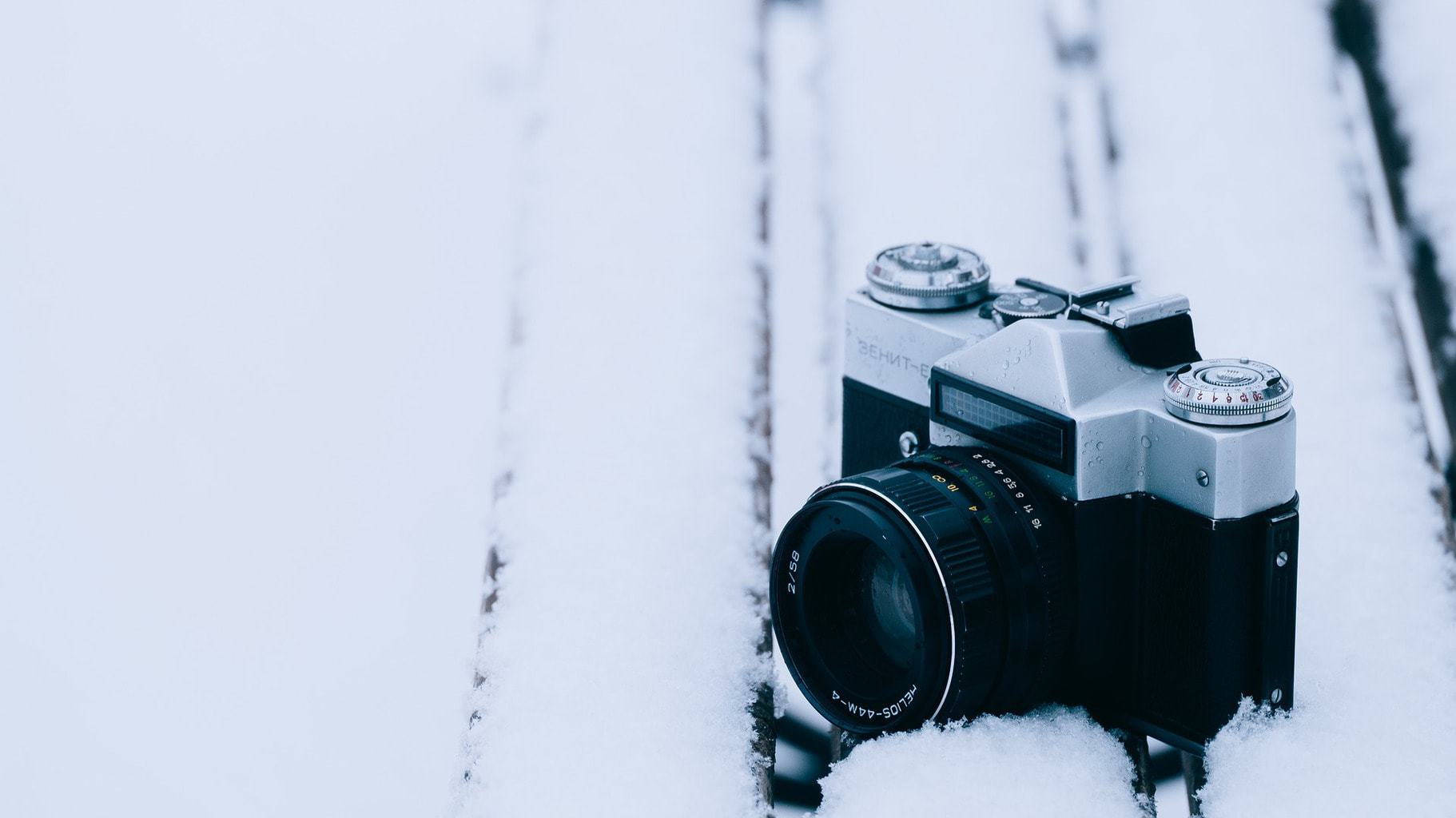Did you know that your camera has a temperature range for optimal operation? It is usually, depending on the model and manufacturer, between 0º and 40º C. Does it happen then that outside these temperatures it does not work? No. It will work, but don't expect it to work normally, plus you may run into more serious problems than slow firing.
If you are concerned about the care of your equipment, I would stay if you were ;), Well, I am going to tell you how to prevent these possible problems or how to solve them if you want to capture the wonders that cold days offer.
WHAT PROBLEMS CAN ARISE?
It is possible that at very low temperatures your camera does not work normally, that the LCD screen does not work or does not work well and you have to warm it up. This does not mean that you put it on top of a radiator, but it does mean that you can get into a closed place where the temperature is higher. But the problems that you will encounter the most are related to the battery and condensation.
BATTERY
Batteries with the cold perform much less, you will notice that they have less autonomy and that, in addition, they take longer to charge. The best solution is the most basic, take a spare, so as not to stay in the frame at the best moment. Another trick is, while you're not using it, wear it close to your body or, for example, in a coat pocket (if it's better inside). Your own heat will protect her from the cold and she will last longer. Put it on the camera when you are going to use it, in the meantime, very close to you ;).
When the spare runs out, if you've had the foresight to keep the other close to your body, try it again, because it will most likely allow you to get a few more shots. It is that the cold leaves them lethargic but with the warmth they revive again.
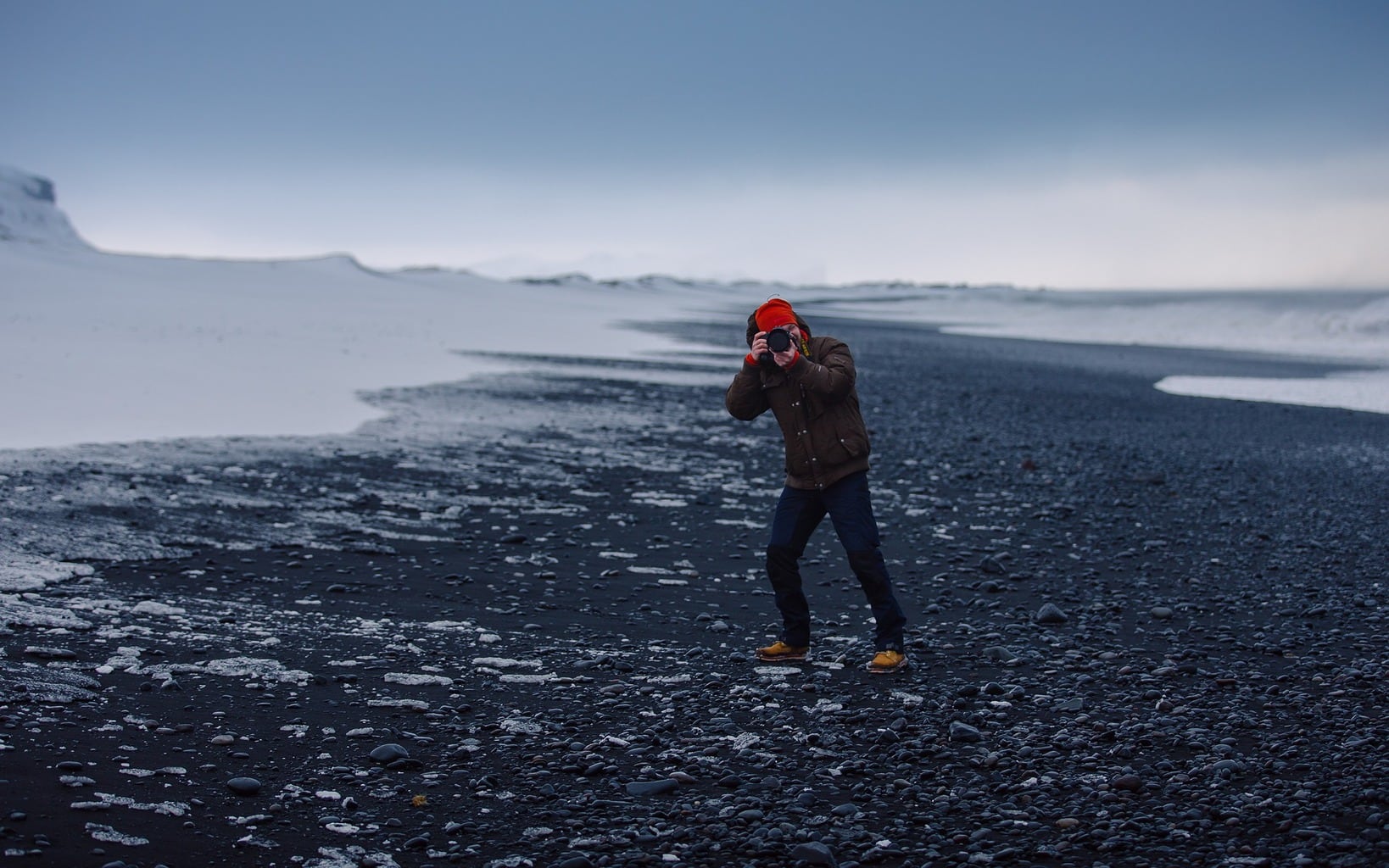
CONDENSATION
If you wear glasses, you surely know what it is like to enter a very warm place from the street when it is very cold and for your windows to fog up. This is the least that can happen to your camera (rather, to your lens) with a sudden change in temperature. And I say the least because this problem is temporary, you will not be able to take photos for a while.
But what if your camera started to sweat? It would not be so literally but it could seem so. And this happens when the humidity of the environment condenses in the camera. Although it can scare a lot, it is not serious if the condensation is external, however, internal condensation can damage your camera. And I mean really mess up. Don't be scared, this is not very frequent, but I'm telling you about it because it can happen and there are ways to prevent it.
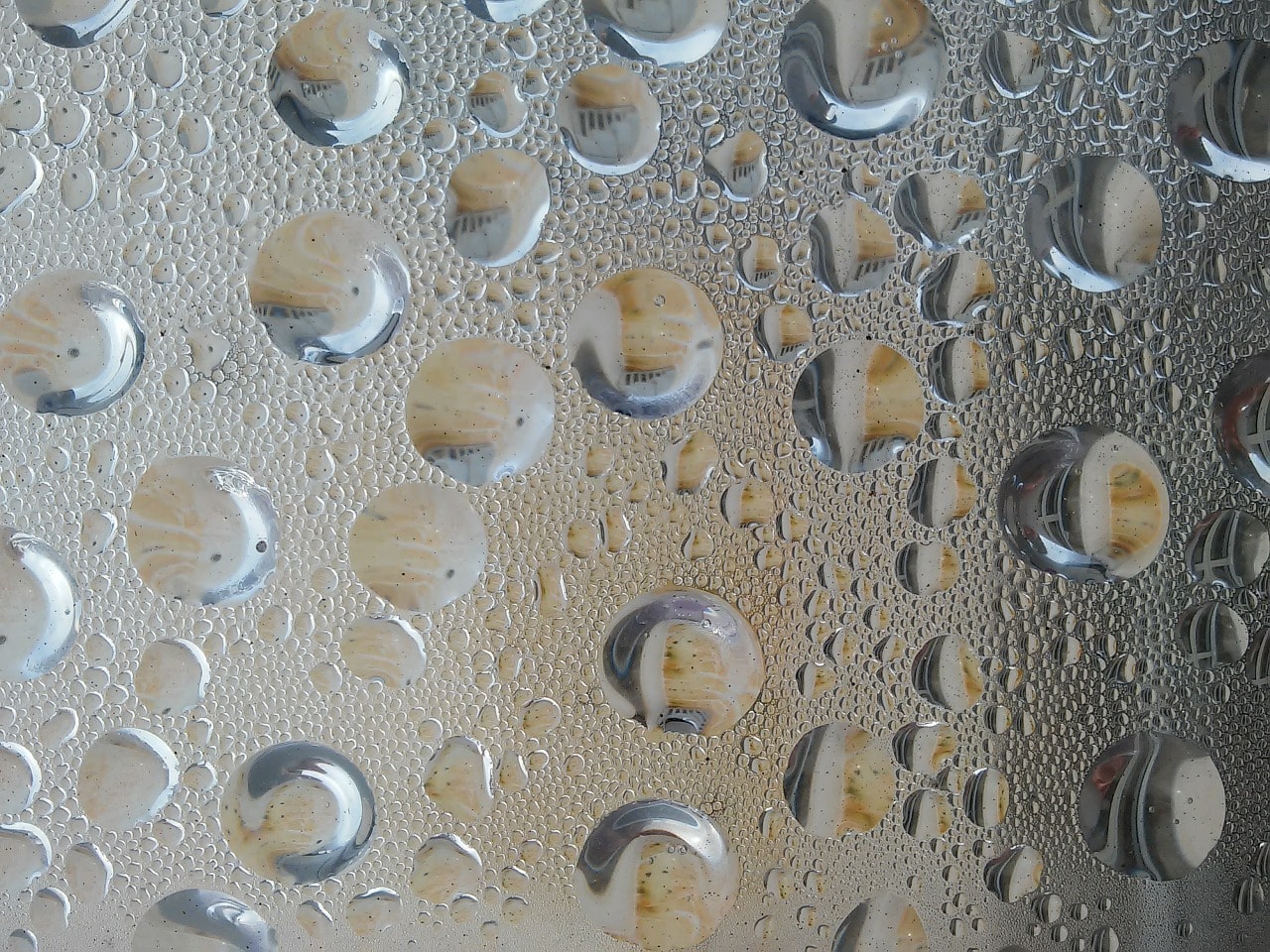
It is not about your camera hibernating in winter like a bear in the cave, but about taking the necessary precautions.
Some of these measures are:
-
- Put silica bags in the backpack (those that come in the boxes of sports shoes, for example). Although it seems that it is not one hundred percent effective, it does not hurt to put some in, don't you think?
-
- Wrap the camera in a towel or T-shirt before putting it in the backpack.
- Do not take the camera out of the backpack immediately when the temperature changes, let it gradually adapt to the ambient temperature. Place it away from any heat source. You can open the backpack after a while and leave the camera for another while until you notice that it is no longer cold when you enter a warmer space (or vice versa).
The important thing is that the temperature change is not too abrupt, so any solution you can think of to make the change gradual (and not aggressive to the computer) will be welcome. When you return home try not to take it out of the backpack until after a couple of hours. Even if you have to fight the excitement of reviewing the photos, you better wait while having something warm ;).
HITS
In addition to condensation and battery operation, you must take into account that with temperatures of -20º C or less, metal and some plastics become more brittle, so if they receive a strong blow they can crack. If you are normally careful that you do not hit the equipment or that it does not fall, in intense cold conditions you must take extreme precautions.
SNOW
If you are going to photograph with snow, try to use a waterproof cover or bag so that the camera does not get wet and the damage goes far beyond a few frozen feet. Because those frozen drinks end up turning into water, your team's number one enemy.
It is also not a bad idea that you use a waterproof backpack or at least a waterproof cover to cover it. If you don't run the risk of falling into the water with equipment included, one that includes a cover will work for you. Mario's favorite is this. But if you want to find the one that best suits your needs, here is a buying guide to find the ideal backpack for your camera.
Tip: you can even use a shower cap to protect the camera, or any plastic bag supported by a rubber band.
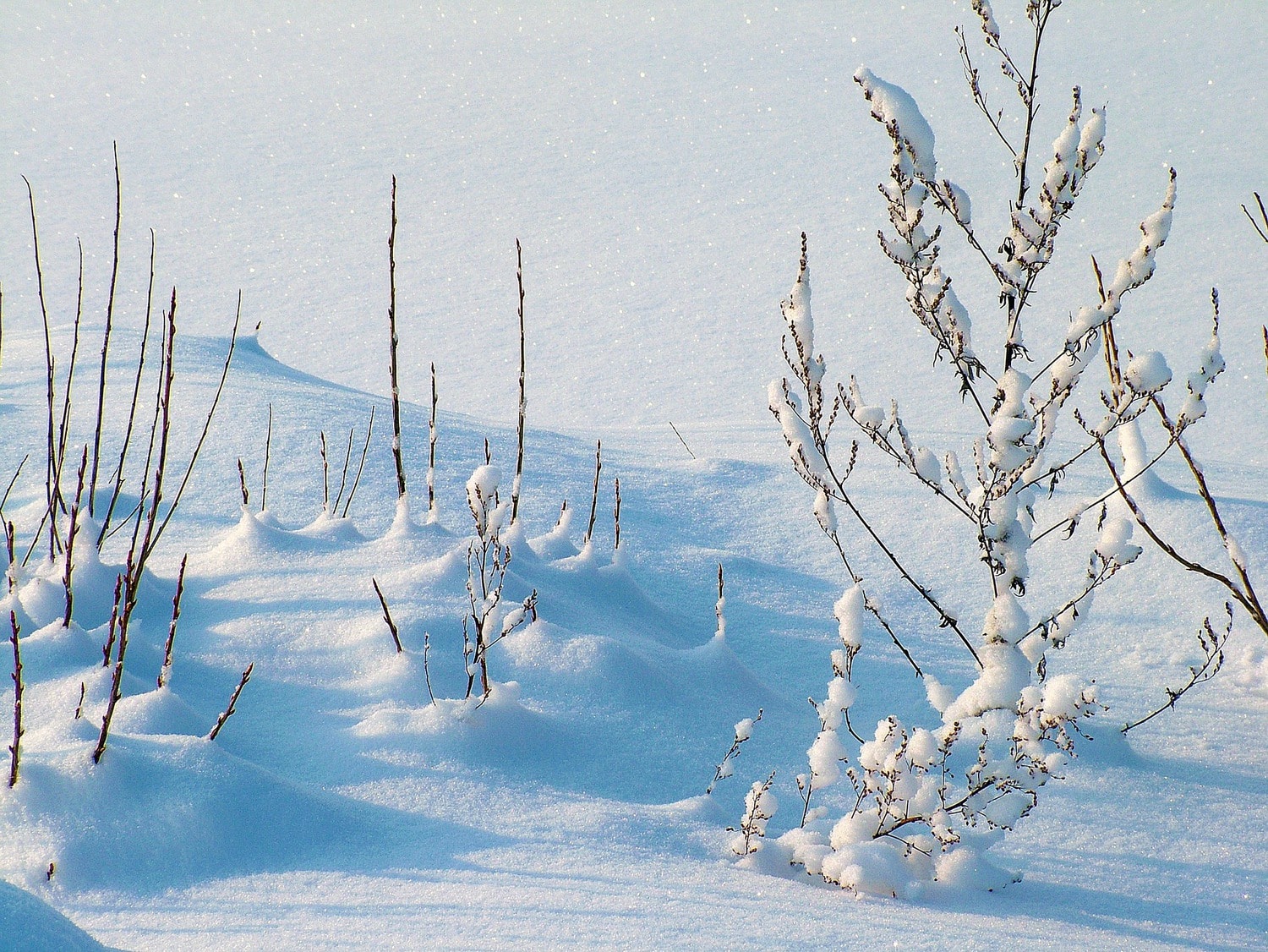
FOG
You cannot miss the opportunity to photograph the fog for fear of damaging your equipment. It's too magical for that and your gear can be bagged like snow or wrapped in a t-shirt or cloth. It's also a good idea to dry it from time to time to protect it from too much moisture.
OMG! WHAT HAVE I DONE TO MY TEAM?
Ok, you couldn't wait, the emotion of downloading the photos or reviewing that one that you've achieved so cool has overcome you and you have taken the camera out of your backpack as soon as you have entered the door and you have felt at home, in the warmth of home . Now your camera is almost dripping and you have realized this condensation thing that you no longer remembered and you don't know what to do. First of all, don't run out into the street to cool it down again!!! Now breathe, if you get upset you won't give up with a ball, and follow these steps:
-
- Take out the battery.
- Open all the lids.
- Remove the lens caps.
- Dry the camera and lenses on the outside with a soft cloth.
- Now yes, place them near a heat source, not too close, but enough so that some heat reaches them and the water can evaporate. Leave her the necessary time for it.
INSPIRATION
And so that you can see that I don't want to take away your desire to walk your team through the cold, I leave you with some motivating and inspiring articles. You will not be able to avoid going out to be cold at the slightest opportunity ?
-
- 16 Tips for Photographing Winter
-
- 15+1 Photographs You Can Take Yourself This Winter
-
- How to Convey Emotions in Winter Photography
-
- The Guide You Were Waiting For To Photograph The Northern Lights
- 15 (Impressive) Photographs You Can Take Depending on the Weather
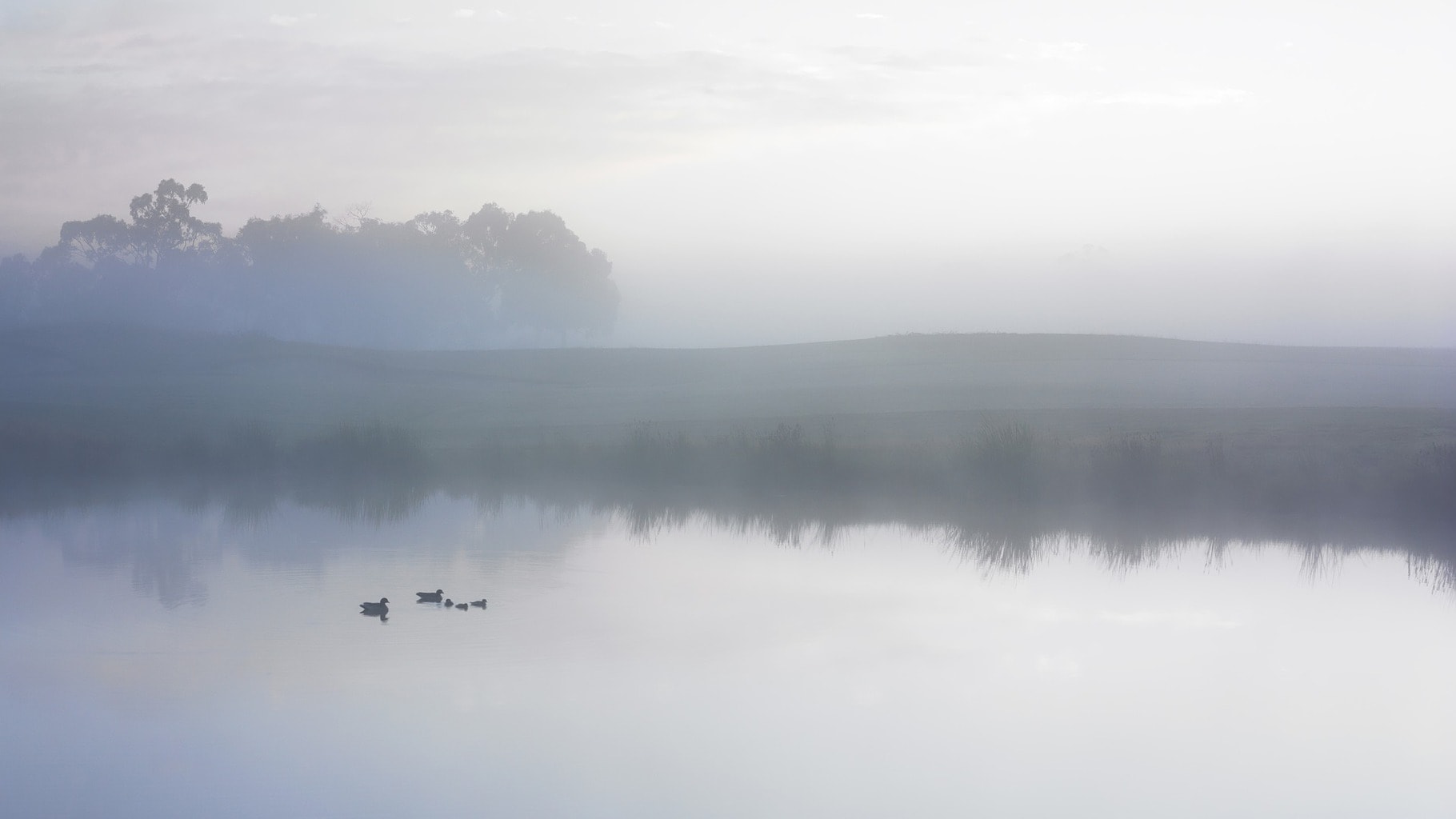
PROTECT YOURSELF
Ok, a lot to protect the team but… what about you? Have you thought about how your hands can be after five minutes at temperatures below 0º C? If I were you, I would use good gloves, the kind that allow you to leave a couple of fingers free, because if you have to take them off and put them on, there is no use wearing them. Here are someIn case you don't know what I'm talking about.
You also have this optionmore economical and that leaves all the fingers in the air.
Remember that in very intense cold the metal adheres to the skin and when it is time to take it off you can see the stars, hence the importance of gloves and to be careful when bringing a metal camera close to the nose or cheekbones.
A good coat, a warm hat and a termite with a hot drink will not hurt either. Your team is important, but you more. Without a photographer there is no photo ?
Don't forget to share this information so that your colleagues' cameras are safe ? Now go out and enjoy the cold, it will be worth it when you see the result!
Thanks and see you soon.

